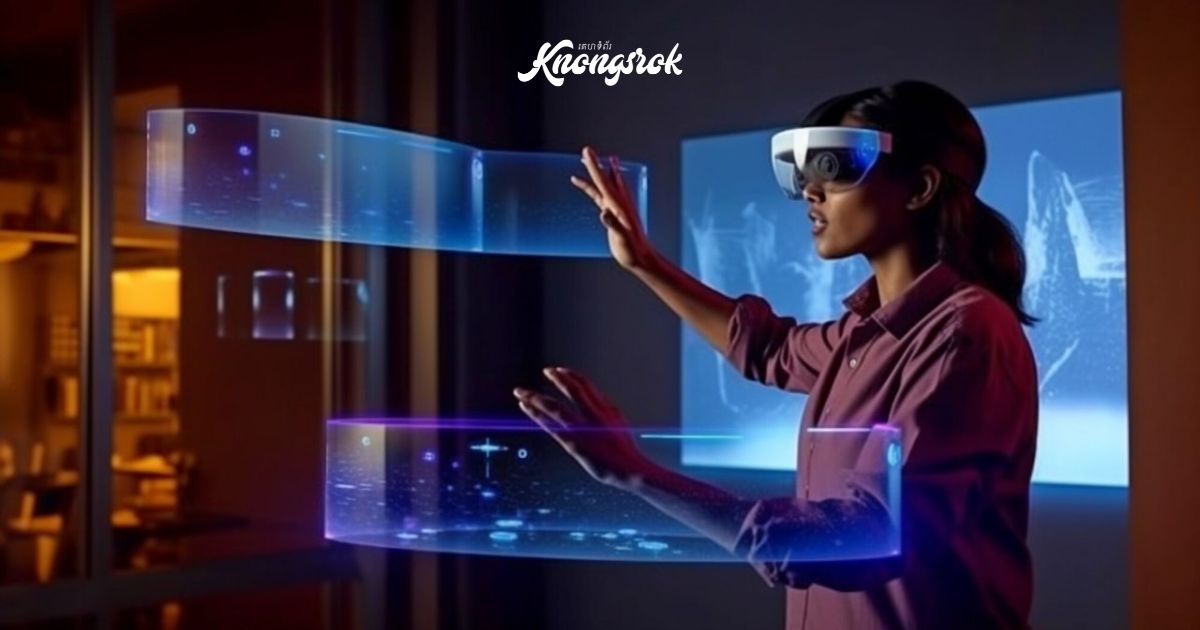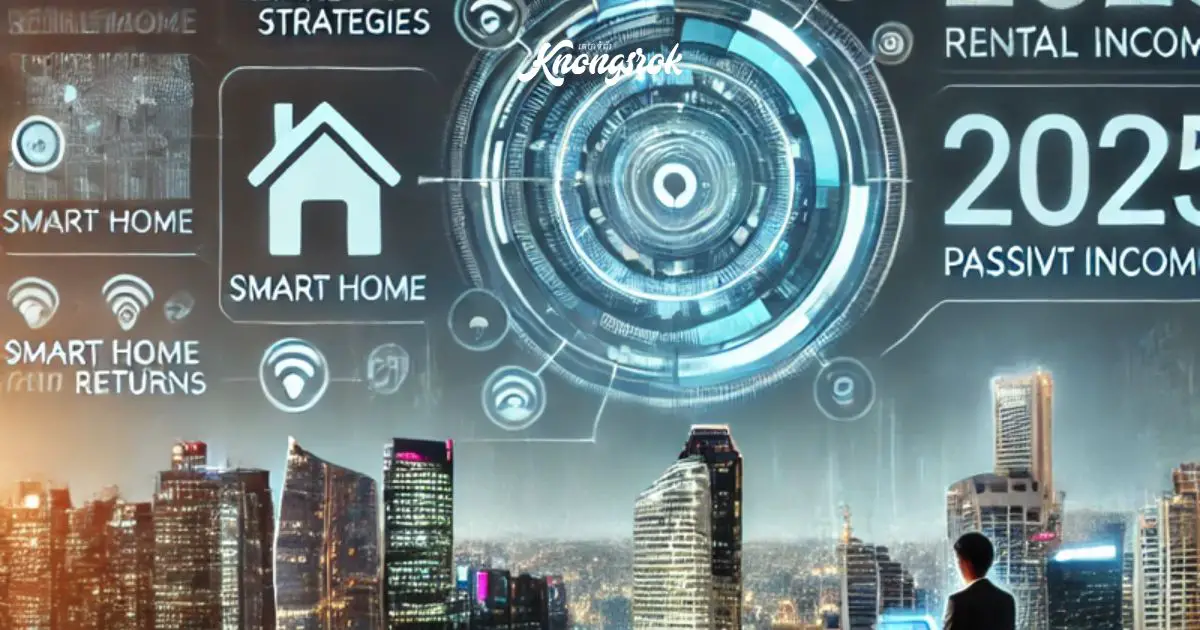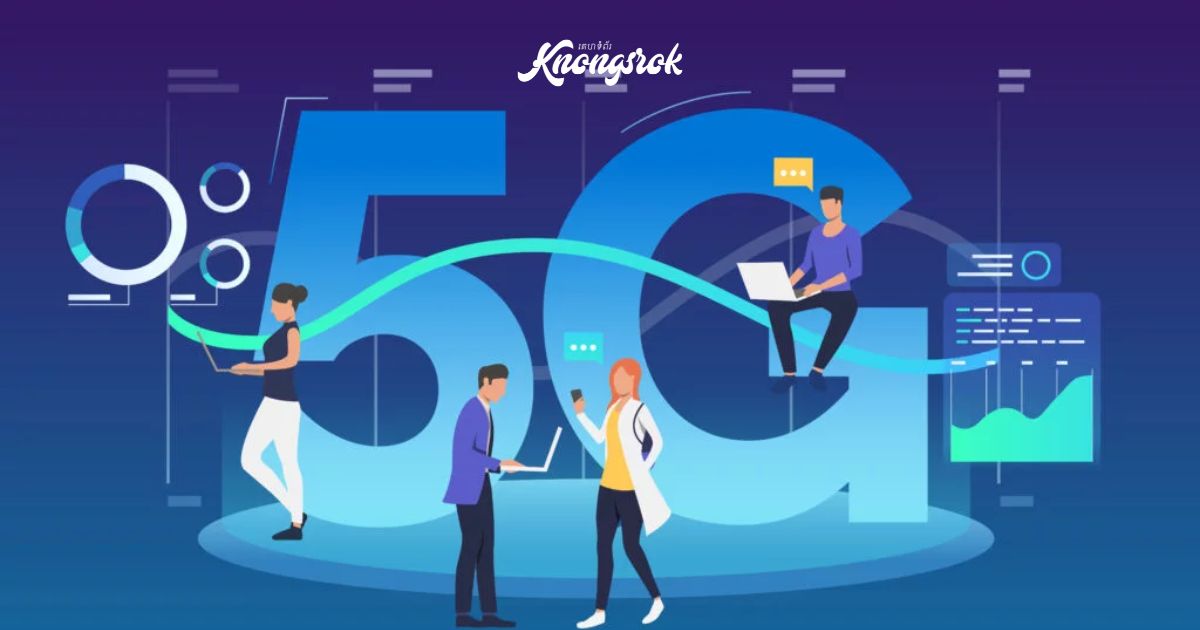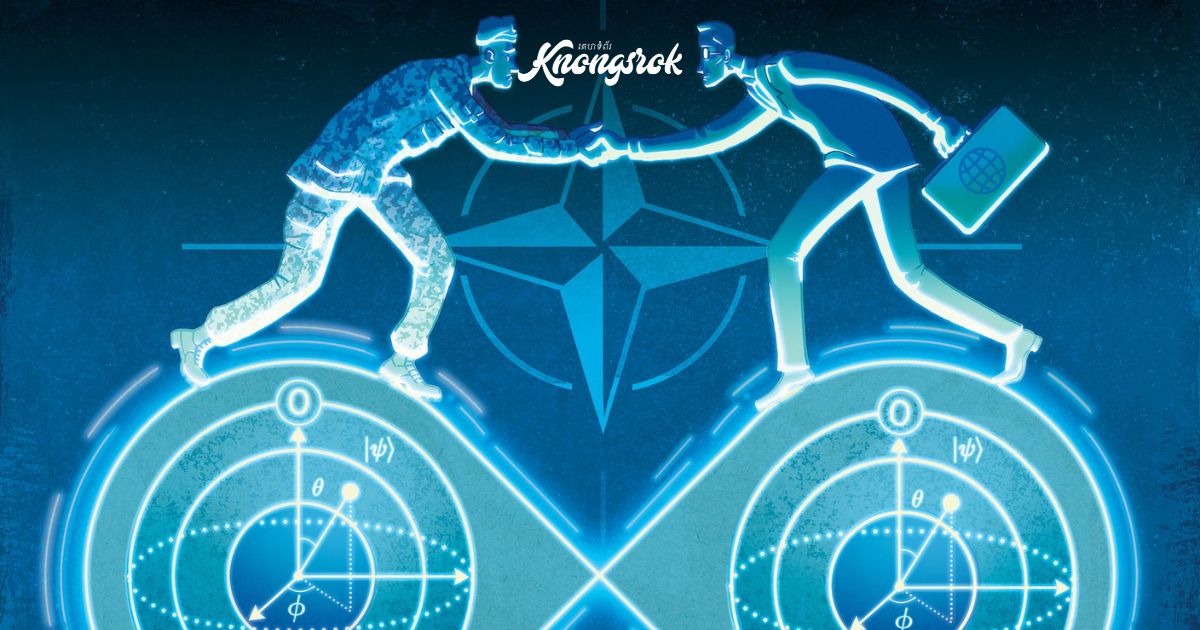Augmented Reality (AR) and Virtual Reality (VR): Redefining Digital Experiences
Augmented Reality (AR) and Virtual Reality (VR) are transforming how we interact with the digital and physical worlds, creating immersive and interactive experiences across industries. These technologies blur the lines between digital and real-life experiences, enabling new ways to learn, connect, entertain, and work. From gaming and entertainment to healthcare and education, AR and VR are redefining digital experiences.

1. Understanding AR and VR: Key Differences
Though often discussed together, AR and VR offer unique experiences with different applications:
•Augmented Reality (AR): AR overlays digital content, such as images, videos, or 3D models, onto the real world using devices like smartphones, tablets, or AR glasses. Rather than replacing reality, AR enhances it by adding interactive digital elements that users can manipulate and explore. Apps like Pokémon GO, Snapchat filters, and navigation overlays in car windshields are popular AR examples.
•Virtual Reality (VR): VR, on the other hand, immerses users in a fully digital environment that simulates a real or imagined world. Using VR headsets like Oculus Quest, PlayStation VR, or HTC Vive, users enter a 360-degree experience, often with interactive elements. VR creates an entirely separate world, ideal for applications where immersion and presence are crucial, such as gaming, training simulations, and virtual tourism.
2. Gaming and Entertainment
AR and VR are revolutionizing gaming and entertainment, bringing unprecedented interactivity and immersion:
•Immersive Gaming Experiences: VR has transformed gaming into an experience where players can step inside a game world, interacting with characters and environments as if they were real. Games like Beat Saber and Half-Life: Alyx allow players to physically interact with their surroundings, enhancing gameplay with realistic, three-dimensional environments.
•Interactive Storytelling and Virtual Concerts: VR allows creators to build interactive stories and events that place audiences in the center of the action. Virtual concerts, such as those hosted on platforms like VRChat or Fortnite, bring artists directly to fans, creating unique experiences. VR films and 360-degree documentaries allow viewers to explore stories and places from a first-person perspective.
•AR for Location-Based Gaming: AR games like Pokémon GO and Harry Potter: Wizards Unite blend the digital and physical worlds by using location data to engage players in outdoor exploration, unlocking new ways to interact with games based on their real-world surroundings.
3. Healthcare and Medical Training
In healthcare, AR and VR are transforming diagnosis, treatment, and training:
•Medical Training and Simulations: VR enables realistic simulations where medical students can practice surgical procedures and diagnoses without risking patient safety. VR simulations, such as those by Osso VR and Touch Surgery, allow doctors to train on virtual patients, enhancing skills and confidence.
•Pain Management and Mental Health: VR is being used to create therapeutic environments for pain relief, reducing reliance on medication for certain types of chronic pain. VR can also treat mental health issues, offering exposure therapy for PTSD or immersive relaxation sessions to reduce stress and anxiety.
•Augmented Reality for Surgical Assistance: AR is used to overlay images from scans or X-rays directly onto a patient during surgery, providing real-time data and improving precision. Tools like Microsoft HoloLens enable surgeons to visualize internal anatomy without needing to look away from the patient, enhancing accuracy and efficiency.
4. Education and Training
AR and VR have the potential to reshape education by creating engaging, hands-on learning experiences:
•Interactive Learning: VR immerses students in interactive lessons that bring complex subjects to life. Virtual field trips allow students to explore historical sites, underwater ecosystems, or space from their classrooms, adding a new dimension to traditional learning.
•Skill-Based Training: VR is widely used in vocational training, providing hands-on experience in a controlled, risk-free environment. For example, in aviation, pilots use VR simulators to practice takeoffs, landings, and emergency procedures before entering a real cockpit.
•Augmented Classrooms: AR applications can add layers of information to real-world objects, making it easier for students to grasp difficult concepts. Anatomy apps, for instance, allow students to view 3D models of organs or bones overlaid on their textbooks, creating an interactive and engaging learning experience.
5. Retail and E-Commerce
Retailers are using AR and VR to create personalized and interactive shopping experiences, bridging the gap between online and in-store shopping:
•Virtual Try-Ons: AR allows customers to try on clothes, makeup, or even furniture before purchasing, reducing returns and increasing buyer confidence. Brands like IKEA and Sephora offer AR apps that let users see how products look in their homes or on their faces.
•VR Shopping Experiences: VR provides a fully immersive shopping environment where customers can explore virtual stores, browse products, and make purchases as if they were in a physical location. This is particularly valuable for luxury brands, allowing them to create exclusive virtual shopping events for VIP customers.
•AR for Product Customization: Some brands use AR to let customers visualize customizations in real-time. Nike and Adidas, for instance, enable customers to design and preview custom shoes, creating a more personalized shopping experience.
6. Workplace Collaboration and Remote Work
AR and VR are transforming how businesses communicate and collaborate, especially as remote work continues to rise:
•Virtual Meetings and Collaboration: VR meeting platforms like Spatial and Horizon Workrooms offer immersive virtual spaces where teams can collaborate, review presentations, and brainstorm in real-time. Unlike traditional video calls, VR meetings create a stronger sense of presence, allowing for more natural interactions.
•AR for Remote Assistance: AR-powered remote assistance tools allow experts to guide technicians or employees in real-time, with digital overlays that show exactly where to focus. Companies like PTC and TeamViewer offer AR solutions for industrial maintenance and repair, which is especially useful for remote locations.
•Enhanced Training Programs: VR is also widely used in corporate training, providing employees with hands-on practice for everything from customer service to machinery operation. VR-based training is interactive and safe, allowing employees to learn by doing without the associated risks.
7. Tourism and Real Estate
AR and VR are enhancing the tourism and real estate industries by creating realistic previews and interactive tours:
•Virtual Property Tours: VR property tours allow potential buyers to walk through homes remotely, saving time and making it easier to narrow down choices before in-person visits. Real estate companies use 360-degree VR tours and virtual staging to help clients envision properties without being there in person.
•AR Travel Guides: AR apps can enhance travelers’ experiences by providing interactive information about landmarks and historical sites as they explore. Apps like Google Lens allow users to learn about objects, artwork, or places in real time, providing a richer, more engaging travel experience.
•Virtual Tourism: VR provides immersive travel experiences, enabling users to explore locations worldwide from the comfort of their homes. Platforms like YouVisit offer virtual tours of popular destinations, giving users a sense of being there in person and inspiring future travel plans.
Challenges and Future Potential
While AR and VR have transformative potential, they face several challenges:
•Hardware Limitations: High-quality VR headsets and AR glasses are often expensive, bulky, and limited by battery life. Continued hardware advancements are necessary to make these devices more accessible, comfortable, and affordable.
•Data Privacy and Security: AR and VR applications often collect extensive user data to personalize experiences, raising privacy and security concerns. Clear regulations and secure platforms are essential to protect user information.
•Content Creation and Accessibility: Creating high-quality AR and VR content requires time, expertise, and resources, making it less accessible for smaller companies. Improved tools for content creation and cross-platform compatibility will be essential to increase accessibility and adoption.
Conclusion
AR and VR are reimagining digital experiences across industries, creating opportunities for immersive learning, personalized shopping, and innovative storytelling. As hardware improves, applications expand, and costs decrease, these technologies will become an increasingly integrated part of our lives. AR and VR offer exciting possibilities for digital experiences, bridging the gap between the physical and virtual worlds in ways that can enrich, educate, and entertain. As they continue to evolve, these technologies will play a vital role in how we interact, learn, and work in the digital age.













